Summary
Some of the most prevalent fish species found in this area include rainbow trout, brown trout, and smallmouth bass.
Apart from fishing, visitors can engage in other activities such as hiking, camping, and wildlife watching. The nearby Deep Creek Hot Springs, which is a natural hot spring located near the creek, is also a popular attraction among visitors.
For fishing enthusiasts, it is recommended to use light or ultra-light fishing gear to catch trout and bass in this area. Additionally, using natural bait such as worms or insects can increase the chances of a successful catch.
The best time to visit Deep Creek for fishing is during the spring and fall seasons when the fish are more active and the weather is cooler. The average temperature during the spring season is around 60°F while in the fall season it is around 70°F.
Overall, Deep Creek is a great fishing destination for anglers of all levels. With its range of fish species, scenic surroundings, and nearby activities, it is a must-visit location for anyone looking to experience the great outdoors in California.
Weather Forecast
Nearby Streamflow Levels
Angling Safety Guidelines
Check local fishing rules, seasons, size limits, and license requirements to ensure legal and sustainable angling.
Handle Fish Responsibly
Use wet hands, minimize air exposure, and release fish gently to improve survival rates when practicing catch-and-release.
Choose the Right Gear
Match your rod, line, and tackle to the species and conditions to increase success and reduce unnecessary harm to fish.
Respect the Waterway
Avoid disturbing habitat, prevent bank erosion, and keep a safe distance from spawning areas to protect ecosystems.
Keep It Clean
Pack out all line, hooks, bait containers, and trash—discarded gear can injure wildlife and degrade waterways.

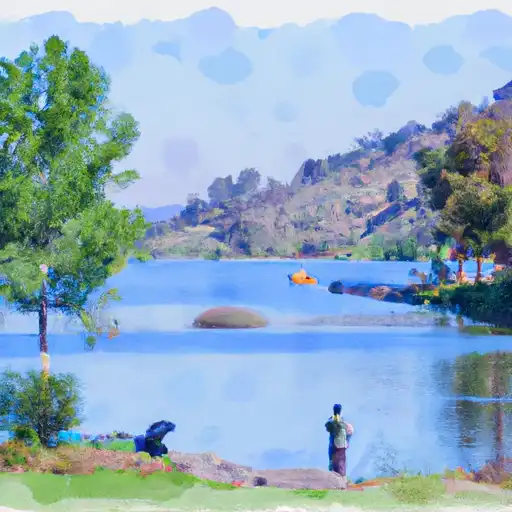 Green Valley Lake
Green Valley Lake
 Arrowbear Lake
Arrowbear Lake
 Lake Gregory
Lake Gregory
 Holcomb Creek
Holcomb Creek
 Lake Gregory County Regional Park
Lake Gregory County Regional Park






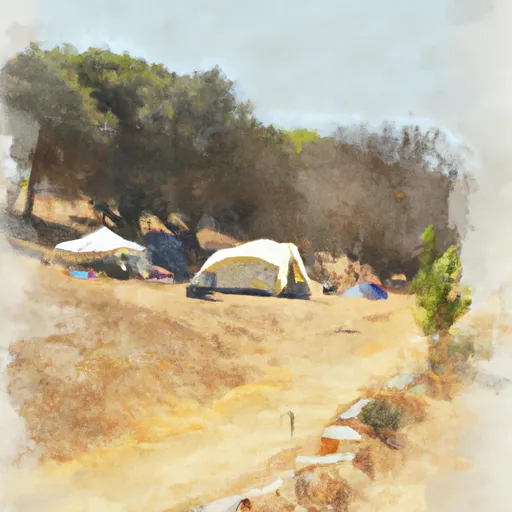 Tent Peg Group Campground
Tent Peg Group Campground
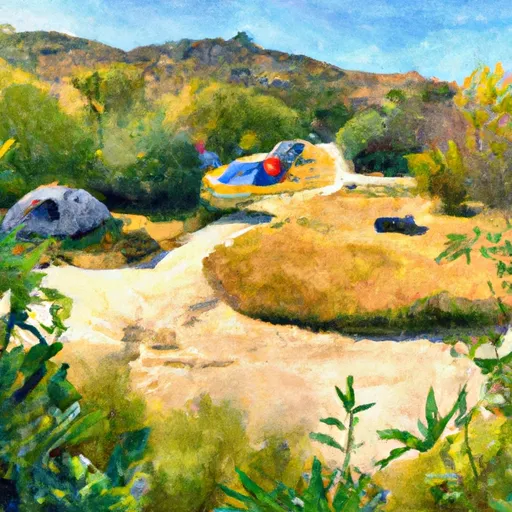 Tent Peg Campground
Tent Peg Campground
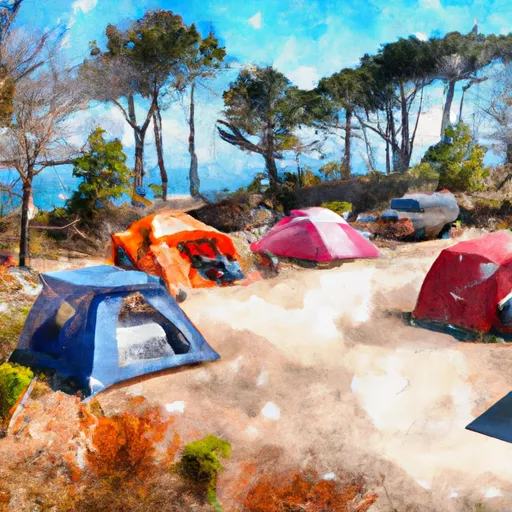 North Shore Campground
North Shore Campground
 Fisherman's Group Campground
Fisherman's Group Campground
 Fisherman's Group Camp
Fisherman's Group Camp
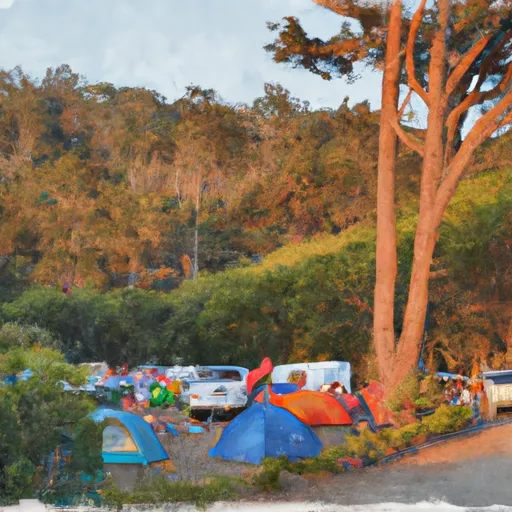 North Shore Family Campground
North Shore Family Campground
 New Lake Arrowhead
New Lake Arrowhead
 Crest Park
Crest Park
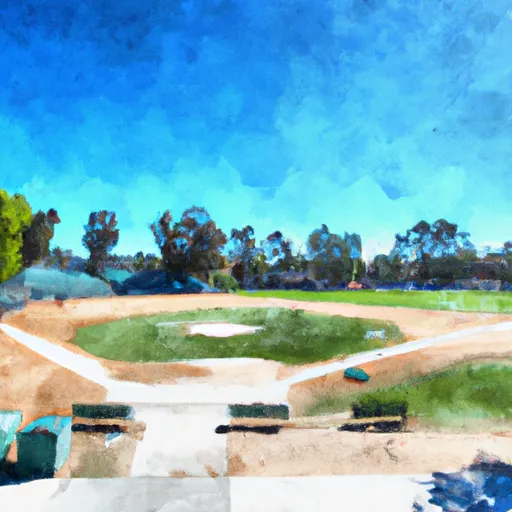 Arrowbear Park Ball Field
Arrowbear Park Ball Field
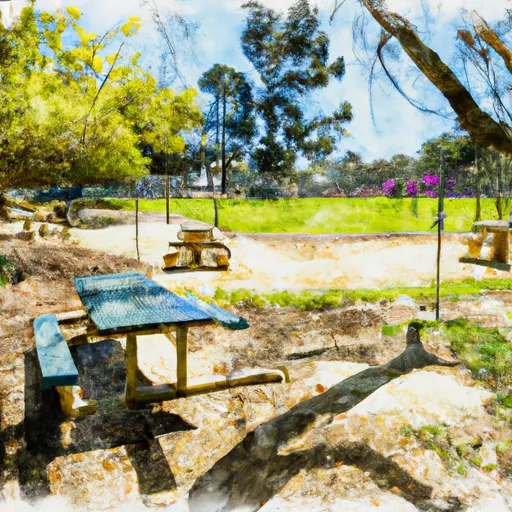 Baylis Park Picnic Area
Baylis Park Picnic Area
 Lake Gregory Regional Park
Lake Gregory Regional Park
 Mojave River Forks Regional Park
Mojave River Forks Regional Park